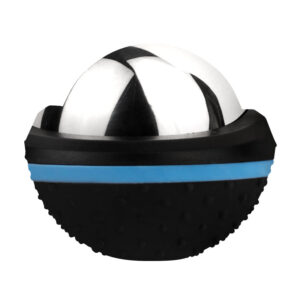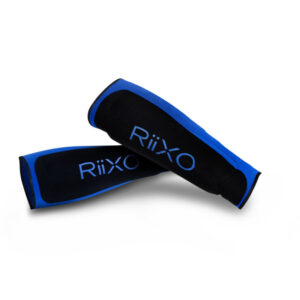
First of all, it’s crucial that you see a physiotherapist to determine whether your pain is indeed shin splints or something more serious, such as a stress fracture or compartment syndrome. These conditions need to be checked and diagnosed by a qualified practitioner through physical examination.
Early Management
Shin splints normally require rest from certain physical activities, which is typically about two weeks. To help manage the pain you should follow the POLICE principles;
Stop doing whatever is causing the pain
Take as much weight as you can without having a limp or causing more pain (you may need crutches)
20 minutes to reduce pain and swelling.
To provide support to the area
Foot elevated. Ideally, waist height or higher to help with any fluid draining.


Treatment for shin splints
If shin splints are diagnosed, the best course of action is to stop running in order to allow the damaged tissues to heal. As with any injury, continuing to load the affected area will only lead to further pain and take even longer to heal. Switch to other cardio for the time being, such as swimming, cycling, or the elliptical trainer.
It’s also a good idea to apply an ice pack to your shin to reduce pain and inflammation and to keep the leg elevated when possible.
Some studies have suggested that neoprene or semi-rigid orthotics may help. Again, your physiotherapist will be able to discuss your unique needs with you and perform appropriate gait analysis.
Strength training.
Follow a structured program to help strengthen the muscles in the foot, ankle and lower leg.
You can access a 10 week build up to running program here. Written by a physio and personal trainer, this program is designed to improve your strength to maximise your running performance as well as prevent any injuries.

Ice can help to reduce pain and inflammation from shin splints. For the full benefit you should ice your shins immediately when the pain starts and apply to the area for 20 minutes each hour, over a 3-4 hour period.
For best results you want to use it in combination with compression to help provide support to to the muscles at the same time.


 Cracking The Injury Risk Equation
Cracking The Injury Risk Equation
 LJMU Study Findings
LJMU Study Findings
 What are shin splints?
What are shin splints?
 How to treat shin splints [2021]
How to treat shin splints [2021]
No Thanks – I’ll pay full price
Close Window
Close Window